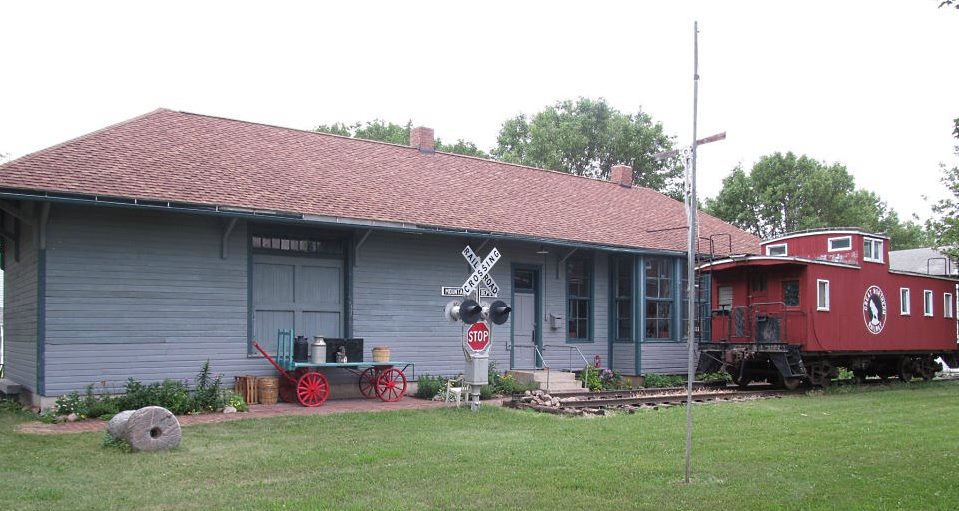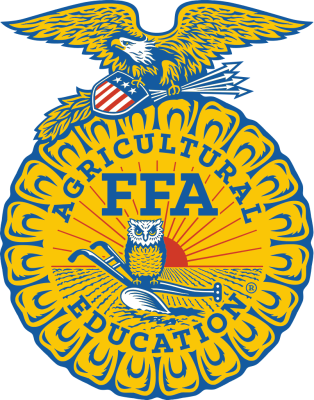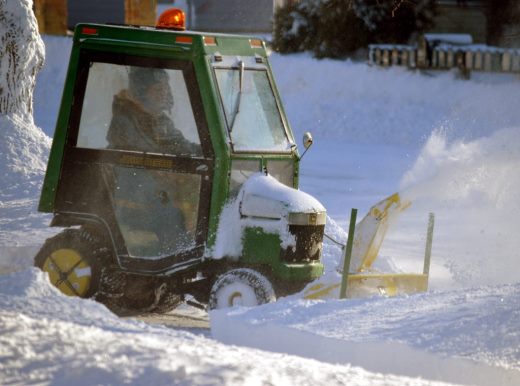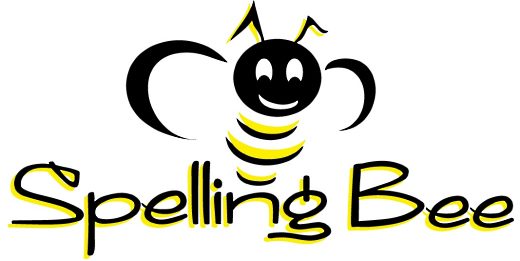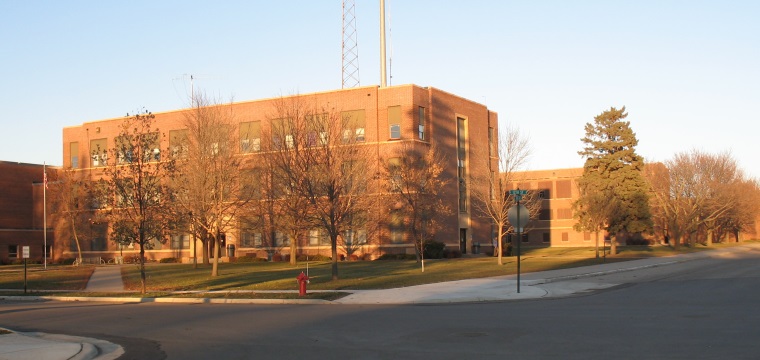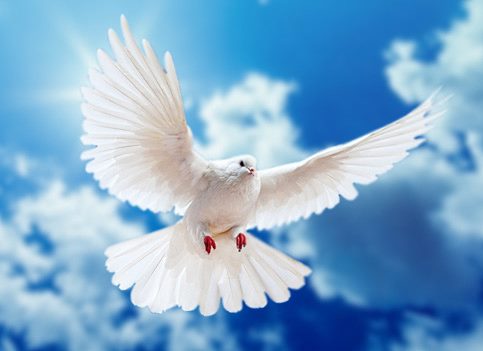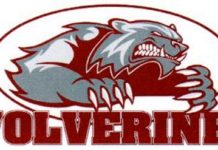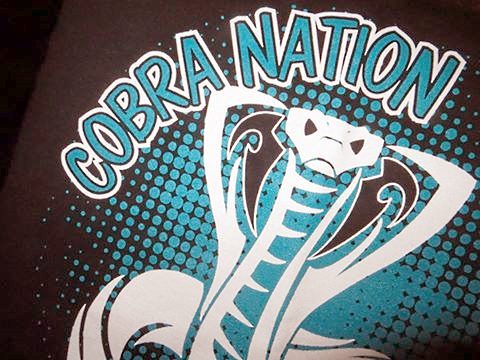Curtis Ratzlaff converts love of racing from the dirt track of Jackson Speedway to the NNS circuit
Sweet summer Saturday nights as a young boy watching sprint car races on the half-mile dirt track at Jackson Speedway left an enduring affect on the teenager – and ultimately, a career for the adult Curtis Ratzlaff.
“My interest in racing began when I was really young – about six-years-old, I believe,” the 31-year-old Mountain Lake native and current resident of Charlotte, North Carolina, shares in reflection. ” My dad took me to the Jackson Speedway, and we watched the dirt races. We would go almost every Saturday night during the summer months, and it became my focus.” (Curtis is the son of Ron and June Ratzlaff, Mountain Lake “originals” as well, now also of Charlotte.)
At some point between ages six and 14, “I thought, ‘Hey, that could me driving those cars,'” Curtis adds.
He begged for – and eventually became the proud owner – and driver of – a go-kart.
“I competed in my first race at age 14 at the Jackson Kart Club – and won my very first heat race,” Curtis enthusiastically points out. “From that point, we kept racing more places with the Kart, and at bigger events. Our little team was able to win an ‘IKF Grand Nationals’ race in Webster, Iowa in 2000 when I was 17.”
Curtis, a 2001 graduate of Mountain Lake Christian, ended up racing karts for six years. In 2003, he became “dirt modified” – one of the classes of cars of which he had spent so many years watching at Jackson Speedway. The class was called “360 modified,” or “B” modified.”
That team was able to win about 11 races that year – including the Jackson Nationals – perhaps the biggest race of the season for Curtis.
The next year – 2002 – they ran the same car, but in the “A modified” class. “It was a bigger motor – and tougher competition,” says Curtis. Over the course of the following two years, the team won a couple of races in that class.
In 2005, Curtis decided to make a change – and headed for North Carolina. As he explains, “I had the desire to keep racing, but I also had a lack of resources to make that a reality. I was working for a software company in Sleepy Eye, and that business was struggling, so I decided o make the move. My hope was that I could stay involved in racing somehow; maybe even get a job for a race team.
Connecting with Joe Gibbs Racing
Once Curtis moved to Charlotte, North Carolina in 2006, he decided to go to school to study CNC Machining. CNC is the acronym for “computer numerical control, and precision CNC Machinists make precisely-programmed metal and plastic parts for the aerospace, automotive, computer and electronics, construction equipment, defense, medical, military, optical and telecommunications industries. As Curtis admits, “I had been programming computers for awhile, and wanted a little break from that. I thought CNC Machining would be a good fit for me.”
During his first semester in school, Curtis asked the head of the Machining Department if he knew of any jobs available in motors ports. He was able to get Curtis an interview with the manager of the CNC department at Job Gibbs Racing (JGR) – and they hired him as an intern in April 2007 – while he was still completing his college courses.
Following a few months at JGR, Curtis made the decision to shift careers, and, with the encouragement of his boss, changed his major to mechanical engineering. “They (JGR) were gracious enough to retain me on staff in the CNC department while I started engineering school. They eventually moved me to the engineering department and allowed me a very flexible schedule while I finished school” acknowledges Curtis.
During this time, Curtis was placed in charge of the “Bump Stops” – a suspension component on the cars. While working in that position, he got to know all of the race engineers, including Adam Stevens, the crew chief on the team on which he is currently working. When he completed his education, Stevens recruited Curtis as a race engineer on his NASCAR Nationwide Series (NNS) team.
“My job as a race engineer,” lays out Curtis, “involves helping the crew chief with all kinds of technical things. Some these include running test rigs that measure suspension components, running simulations of different car set-ups and reporting the results, as well as calculating fuel mileage during the race to determine during what lap we need to pit.”
Most of Curtis’ work is done on Kyle Busch’s 54 Monster Energy race car.
As Curtis identifies, “There are three major NASCAR series – the Sprint Cup, Nationwide and the truck series. The Nationwide series races cars very similar to the Cup. It is kind of a ‘minor league’ series. My driver, Kyle Busch, races in all three series.” The 2014 race schedule opened on February 22 and will run until November 15.
Next race year, Curtis’ role at JGR will be changing a bit. He will become a member of a software development group, working as a programmer helping the teams with simulation and management of the car information.
His life will change in a second way as well. This past July he became engaged to Cally Grace Bolton, and the couple will be married in the new year.
From the dirt track to NASCAR
While there are moments Curtis misses being behind the wheel of a race car, he readily admits that he enjoys the technical aspect of racing. “This is what has always interested me,” he emphasizes. “There is so much to learn about race cars; there is always something that can be optimized to make them faster.”
A spark that was ignited as a six-year-old watching the race cars make the oval on the dirt track still burns brightly as a racing team member on the NNS circuit.





